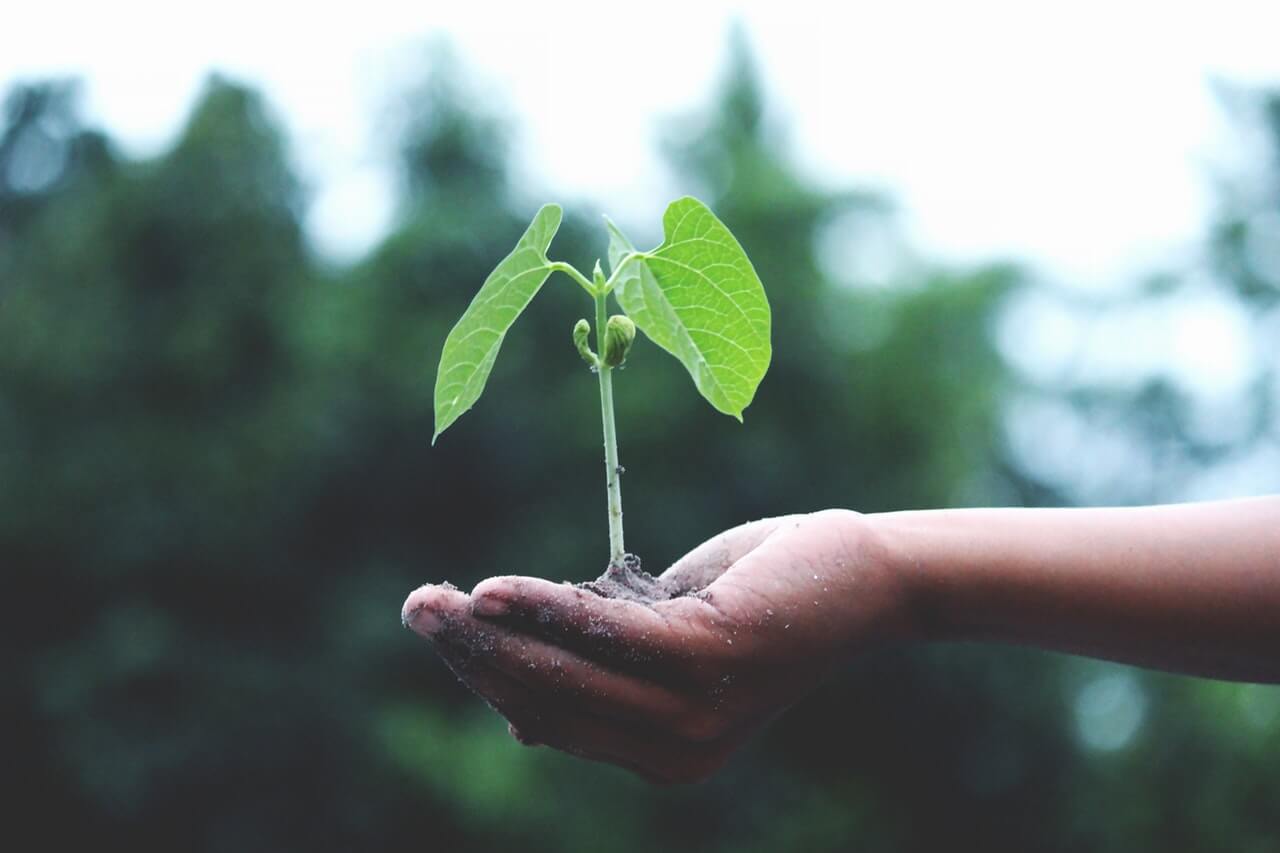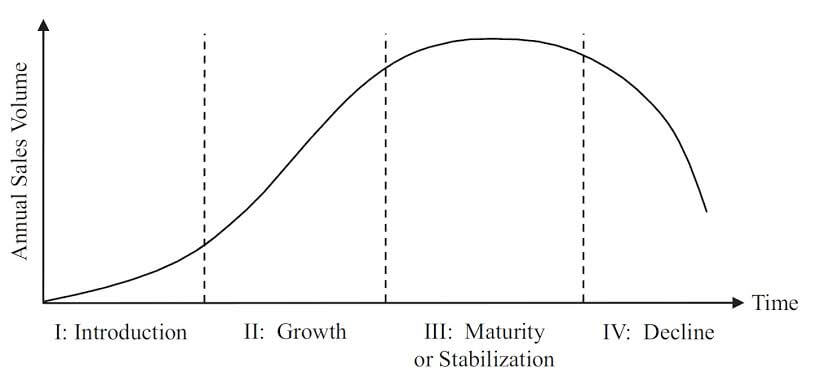Know the lifecycle of your product
As a business owner, you are also a product manager and you should know what stage your product or business at every point of its lifecycle.

Products, like the humans, go through four stages: Introduction, growth, maturity and decline.
For humans, particularly a typical Nigerian, the lifetime stages will look like this: birth, adulting, surviving, and escape the country or die trying. While humans lifetime is linear, the product lifecycle—as the name implies—is a circle; a sort of loop.
In this article, I attempt to show you how to identify your product lifecycle by answering this question: What stage is Opay in its product lifecycle: Introduction, growth, maturity or decline stage?
As a business owner, you are also a product manager and you should know what stage your product or business is at every point of its lifecycle.
What is a product lifecycle?
Product lifecycle is a very important concept in building a business. It describes how a product or business transit from being just an idea to when it is launched (and later discontinued).
There are four stages a product goes through in its market life and the stages are introduction, growth, maturity, and decline.
1. Introduction
At this stage, your product just comes to the market and you are frantically seeking market share. How do you do this—gain ground on the sales ladder? You establish your brand and assure the market (customers) of the quality of your new product.
Products or businesses at this stage adopt different strategies, including a low pricing policy to get into the market, the selection of a distribution model to get the product into the market, and targeting specific groups with their product promotions.
2. Growth
After a successful introduction of your product into the market, the next stage is growth.
At this stage, you are looking to increase your winnings as a business owner. So, you not only maintain the quality of your product, you add new features and support services. Prices are also kept at an affordable level to increase sales.
At the growth stage, companies ramp up distribution and use faster, and more efficient methods to get their products on the shelves. Marketing campaigns are also aimed at a broader audience to boost the market share of the product.
Using ORide—OPay's ride-hailing service—as a case study: After their introduction into the market, they've kept the prices affordable by giving out discounts. They have also launched in other states in a bid to grow their market share.

3. Maturity
Once growth has been stabilized, maturity is the next stage of the lifecycle.
At this stage, companies will further cut their prices to fight competition, add new features to their product to make it standout in the market, revise distribution channels and use incentives to attract new customers. Basically, any strategy that will help the product stay ahead of competition is deployed at this stage.
4. Decline
This is the last stage in the lifecycle of a product.
At the decline stage, sales and users begin to taper off as a result of fierce competition. Thus, the company tries to keep the product in the market by doing a facelift and finding new uses for it. They also consider focusing on a niche market and reduce the cost of production.
Using MaxNG as a case study here: In 2016, MaxNG started as an on-demand delivery company that make deliveries for merchants in less than three hours. By 2018, the company added bike-hailing to its offerings.

Takeaway
As a business owner, you need to know the stage your company is in the product lifecycle. Understanding this helps and guides the type of marketing you adopt.
At every stage there are questions that should be asked, each stage with its own type of strategy. For instance, the introduction stage should be answering questions such as, how would customers feel if they can no longer use my product? The growth stage should let you know what persuaded your customers to buy from you; the maturity stage should let you know how easily your consumers would recommend your product to their friends and family; and the decline stage should answer the question of why you're shutting down the product?
If a business can be very good at the four stages of a product life cycle, it can maximize returns and realize when the time is right to divest itself of the product. Konga and Gloo.ng are examples of company that did this excellently.
Have you figured out where your business or company is in the product lifecycle? Remember, a wrong decision may cost the business money and cut its lifecycle short.
Now that you’ve figured this out, what’s your answer to the question: What stage is OPay in its product lifecycle: Introduction, growth, maturity or decline stage?
This is a guest post by Wasulu Habib, who is a digital marketing strategist, with expertise in growth hacking, SEO, social media marketing, content marketing, and data analysis. He's currently the Head of Communications at Ingressive—a market entry, research, and operations firm for tech companies in Africa.







Comments ()